Criminal Law questions for CLAT can have many questions. Some of the important questions are discussed below, along with their answers.
Table of Contents
Criminal Law is a crucial component of the CLAT exam, often appearing in multiple forms across various sections. One of the most frequently tested areas within this subject is the distinction between culpable homicide and murder. Given the high probability of questions from this section, it is essential for aspirants to thoroughly prepare.
Mastering these concepts along with understanding of CLAT exam pattern not only boosts your chances of scoring well but also enhances your understanding of key legal principles. This article will provide important Criminal Law questions for CLAT (Common Law Admission Test), complete with answers, to help you excel in this challenging section.
What is Criminal Law for CLAT?
Successfully passing the CLAT (Common Law Admission Test) requires a grasp of the fundamentals of criminal law, which is an integral part of the legal system. Criminal law is the corpus of legislation that, as determined by laws and case law, addresses behaviour deemed detrimental or dangerous to society.
How to Prepare for Criminal Law for CLAT?
To prepare for Criminal Law for CLAT 2026, begin by thoroughly comprehending the curriculum, paying particular attention to the Criminal Law section:
- The Indian Penal Code (IPC)
- The Criminal Procedure Code (CrPC)
- The Indian Evidence Act
- Specific Reliefs Act
- Law of Tort
- Important case laws corresponding to these statutes
Also Read: Criminal Law for CLAT - Key Concepts, Important Cases
Key Elements of Your Criminal Law Preparation Strategy for CLAT:
- Focus on the fundamentals:
Make an effort to understand the fundamentals of criminal law. This includes being aware of how the Indian criminal justice system is set up and run.
Examine the consequences of each offence. This entails being aware of the offences that carry a fine, a jail sentence, or both, as well as the prescribed sentences' durations.
- Analyse the case studies:
A key component of your preparation for criminal law should be reading significant case studies on these laws.
This will make it easier for you to comprehend how these rules are used in the actual world and will prepare you to answer applicable test questions.
- Practice past papers:
Complete as many of the previous year's exam questions as you can. This can help you get an idea of the format, degree of difficulty, and kinds of questions that could be asked on the test.
Your criminal law preparation plan for CLAT PG 2026 must include past exams. You hone your time management abilities and practise your knowledge with every solved problem, which is very helpful for the test.
- Give mocks:
Taking practice exams on a regular basis will help you become more faster and more efficient.
Mock exams can help you pinpoint your areas of weakness so you may plan ahead and concentrate on strengthening those areas.
- Study bare acts:
Reading and comprehending the Indian Evidence Act, the CrPC, and the Bare Acts of the IPC is one of the main tactics for preparing for the criminal law portion of the CLAT PG 2026 exam. For the exam, these need to be your main sources of reference.
Learn every single thing there is to know about these codes. This thorough comprehension will let you confidently respond to challenging queries.
Also Read: How to Become a Lawyer in India? A Complete Guide
Best Criminal Law Questions for CLAT with Answers
1) Which section of the Indian Penal Code, 1860 defines the term ‘voluntarily’?
a) Section 37
b) Section 2
c) Section 38
d) Section 39
Answer: D
2) In every criminal proceeding, the law starts with:
a) The contention of mens rea
b) Presumption in favour of the innocence of the accused
c) Presumption that the crime is committed by the accused
d) Presumption that the sufferer is free from any guilt
Answer: B
3) Innuendo, in legal terms, is:
a) Defamation
b) Nuisance
c) Trespass
d) Battery
Answer: A
4) In case of kidnapping, the minor’s consent is:
- a) Material
b) Immaterial
c) A mitigating circumstance
d) Partly material
Answer: B
5) In legal terms, permanent dispossession of the sight of either eye would amount to:
a) Grievous hurt
b) Hurt
c) Assault
d) All of the above
Answer: A
6) The minimum number of persons required for a criminal conspiracy is:
a) 1
b) 2
c) 5
d) 12
Answer: B
7) A hostile witness is:
a) Unfavorable witness
b) Adverse witness
c) A witness who was at the place of the incident when it happened
d) Both (a) and (b)
Answer: D
8) ‘Unlawful killing of a person by his friend/acquaintance would be termed as Genocide.’
a) Yes, the statement is correct
b) No, the statement is not correct
c) This statement is partially correct
d) None of the above
Answer: B
9) To depart secretly and hide oneself (in legal term) means to:
a) Escape
b) Abscond
c) Break out
d) Run off
Answer: B
10) The action of forcibly taking a person or persons (minor or adult) away against their will is called:
a) Abduction
b) Kidnapping
c) Abscond
d) Both (a) and (b)
Answer: A
11) Which of the following is a landmark judgment concerning the abolition of bonded labour in India?
a) Bandhua Mukti Morcha Case
b) Olga Tellis Case
c) Shah Bano Case
d) Vodafone Case
Answer: A
12) The maxim ‘ignorantia facit doth excusat, ignorantia juris non excused’ means:
a) Ignorance of fact excuses, ignorance of law does not excuse
b) Ignorance of law excuses, ignorance of fact does not excuse
c) Ignorance due to which mistake occurs is excused if done in good faith
d) Ignorance due to which a vital mistake occurs, is not excused even if done in good faith
Answer: A
13) Generally under the IPC, nothing is considered to be an offence is a child does it under_____ years of age.
a) Six
b) Seven
c) Eight
d) Nine
Answer: B
14) ‘Homicide can never be lawful’. This statement is:
a) True
b) False
c) Partly true
d) None of the above
Answer: B
15) The law Commission’s framed _____ report reiterated the need to treat juveniles with care and not punish them
a) 181st
b) 42nd
c) 180th
d) 179th
Answer: B
16) Guidelines for the protection of witness were issued in the
a) Neelam Katara Case
b) Shivani Bhatnagar Case
c) Ketan Tirodkar Case
d) Noida Double Murer Case
Answer: A
17) In legal terms, a ‘Recidivist’ is a/the:
a) First time criminal
b) Believer
c) Atheist
d) Habitual Criminal
Answer: D
18) The right of Private defence under the IPC is available for the protection of:
a) Self and of property
b) Self, other human and of property
c) Self and other humans
d) Only self
Answer: A
19) A dishonor of cheque attracts criminal liability under:
a) Indian Contract Act
b) Negotiable Instrument Act
c) General Clauses Act
d) IPC
Answer: B
20) Which among the following maxims means ‘An act does not make a person guilty, unless the intention is also guilty’?
a) Actus non facit reum, nisi mens sit rea
b) Bona fides non paitur, ut bis idem exigatur
c) Debet esse finis litium
d) Equity sequitur legem
Answer: A
21) The Indian Penal Code, 1860 is a:
a) Substantive law
b) Procedural law
c) Remedial law
d) None of the above
Answer: A
22) A juvenile under the Juvenile Justice Act, 2000 is one who has not completed:
a) 18th year of his/her life
b) 16th year of her life and 18th year of his life
c) 18th year of her life and 16th year of his life
d) 21st year of his/her life
Answer: A
23) Death caused by grave and sudden provocation is:
a) Culpable homicide
b) Culpable homicide amounting to murder
c) Culpable homicide not amounting to murder
d) Murder
Answer: C
24) Latin maxim ‘in criminalibus, probationes bedent esse luce clariores’ means:
a) In criminal cases, the proofs ought to be clearer than the light
b) An act does not make a person guilty, unless the intention i also guilty
c) No one shall take advantage of his own wrong
d) None of the above
Answer: A
25) The Indian Penal Code, 1860 was prepared by the First Law Commission, chaired by:
a) Lord Dalhousie
b) Lord William Bentinck
c) Lord Macaulay
d) Lord Wellesley
Answer: C
26) Which law commission dealt with offences related to religion and section 295A?
a) 4th
b) 5th
c) 6th
d) 41st
Answer: B
27) The crime of ‘unlawfully damaging or destroying property by fire’ is called:
a) Robbery
b) Arson
c) Buggery
d) Deceit
Answer: B
28) The no. of person required to constitute the offence of unlawful assembly as under the IPC are:
a) Exactly 4
b) 3 or more
c) 5 or more
d) 10 or more
Answer: C
29) I A criminal offence is committed only when an act, which is forbidden by law, is done voluntarily
II Ordinarily, a crime in not committed, if the mind of the person committing the act is innocent
a) Both I and II are incorrect
b) Both I and II are correct
c) Only I is correct
d) Only II is correct
Answer: B
30) The word _____ has not been defined anywhere in the IPC, but its essence is reflected in almost all the provisions of the IPC:
a) Knowingly
b) Voluntarily
c) Mens rea
d) Fraudulently
Answer: C
31) ‘Robbery’ becomes ‘Dacoity’, when the total number of people committing the same is:
a) At least 2
b) At least 5
c) At least 10
d) Over two but less than five. If over five persons are involved, it becomes extortion
Answer: B
32) The vital ingredients of a crime are:
a) Knowledge, intention and action
b) Motive, intention and knowledge
c) Motive, mens rea and actus reus
d) Only Actus reus
Answer: C
33) Homicide, in legal terms, means:
a) Capital sentence
b) Killing of a human being by another human being
c) Murder
d) Murder, Culpable homicide, Rape or Kidnapping
Answer: B
34) When a person who committed a crime is to be prosecuted, the burden of proof lies upon the:
a) Court
b) Police
c) Prosecution
d) Defence
Answer: C
35) A person who helps someone else commit a crime is known as:
a) Antagonist
b) Principle
c) Hinderer
d) Accomplice
Answer: D
36) ‘The concept obtained in a case of sexual intercourse by means of fear of death or hurt does not constitute rape’
a) True
b) False
c) Partly true
d) None of the above
Answer: B
37) From the following, identify the article of the Constitution of India which stipulates that the President of India is exempt from the operation of criminal law.
a) Article 360
b) Article 359
c) Article 361
d) Article 358
Answer: C
38) One of the essential conditions for an accused to be protected under the mistake of law and bonafide act is:
a) Good faith
b) Element of ignorant
c) Non committing nature to the act
d) Negligence
Answer: A
39) The juvenile Justice Act, 2000 defines a juvenile to be a child whose has not completed _____ years of age.
a) 6
b) 7
c) 8
d) 9
Answer: A
40) Which of the following maxim means ‘Let the punishment be proportioned to the crime’?
a) Derogatur legi, cumm pars detrahitur; abrogatur legi, cum prorsus tollitur
b) Culpa paena pae esto
c) Ex nudo pacto non oritur action
d) Generalia verba sunt generaliter intelligenda
Answer: B

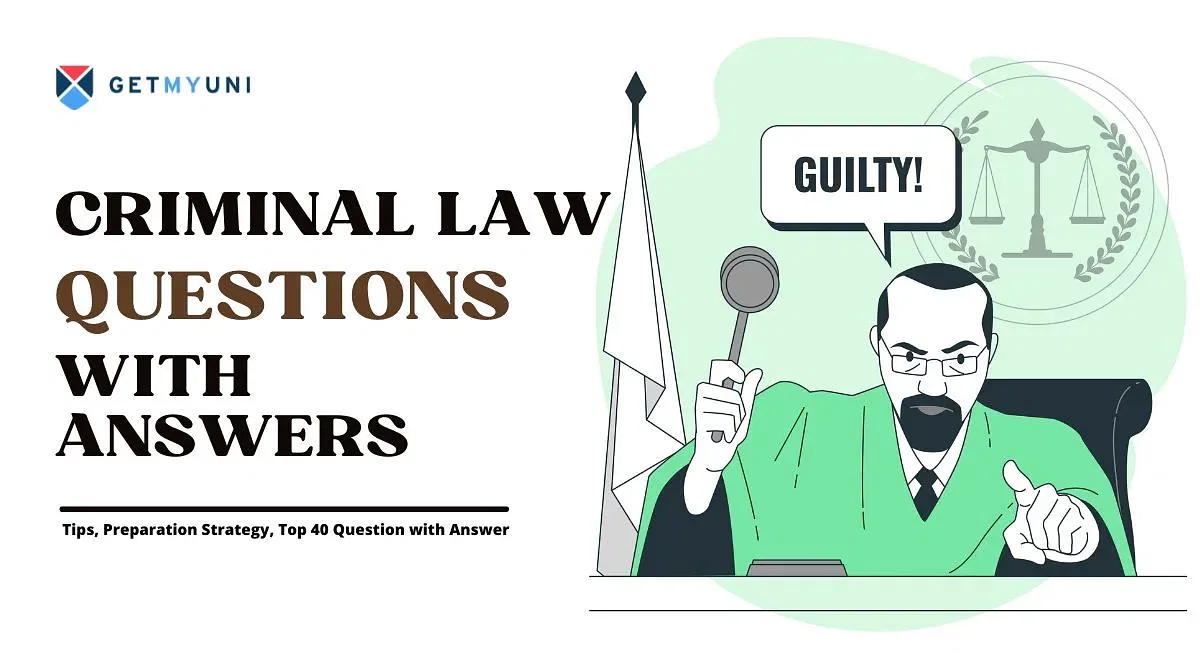




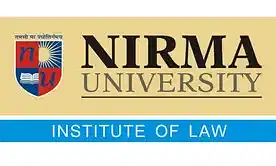










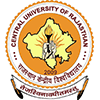



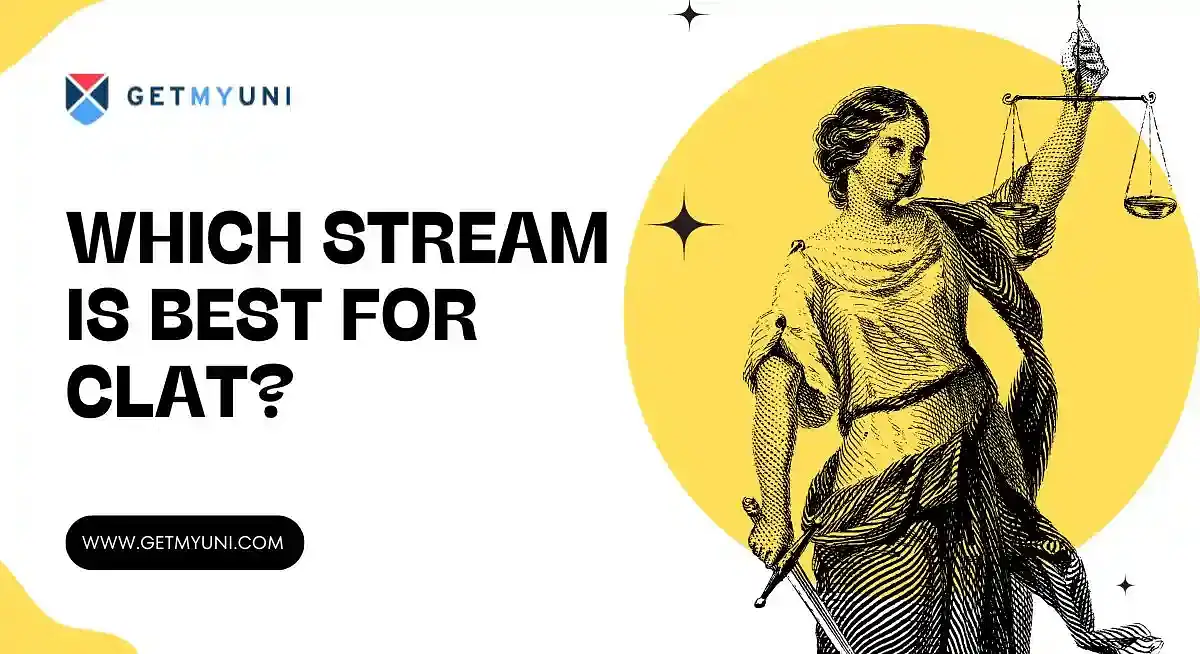
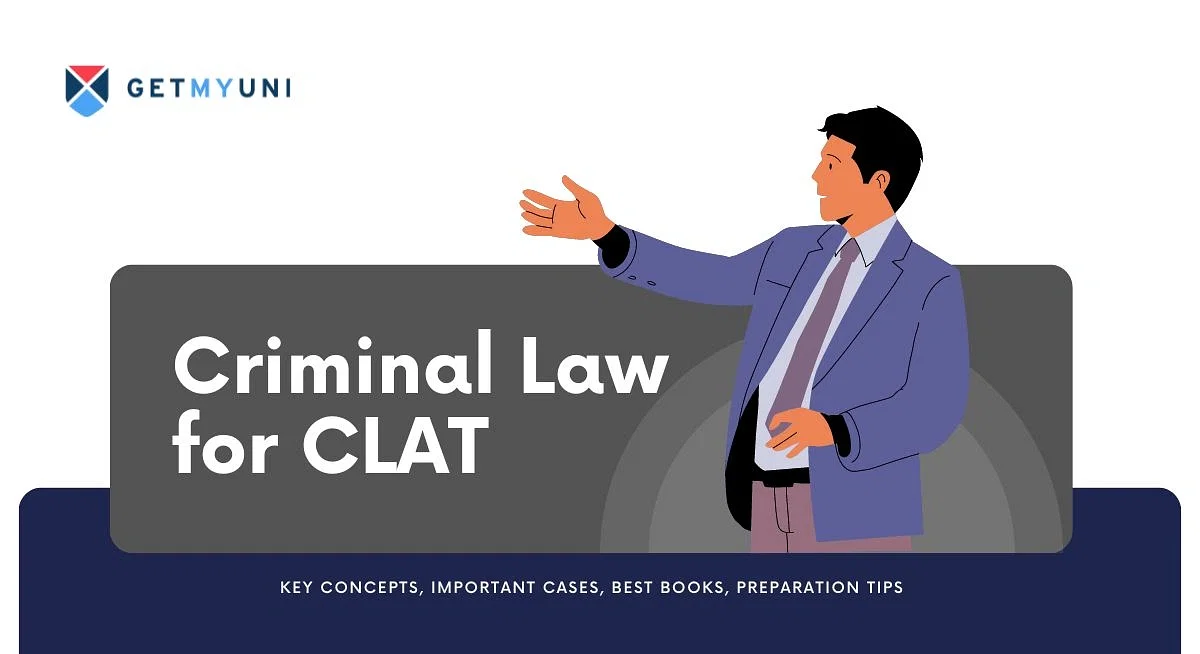
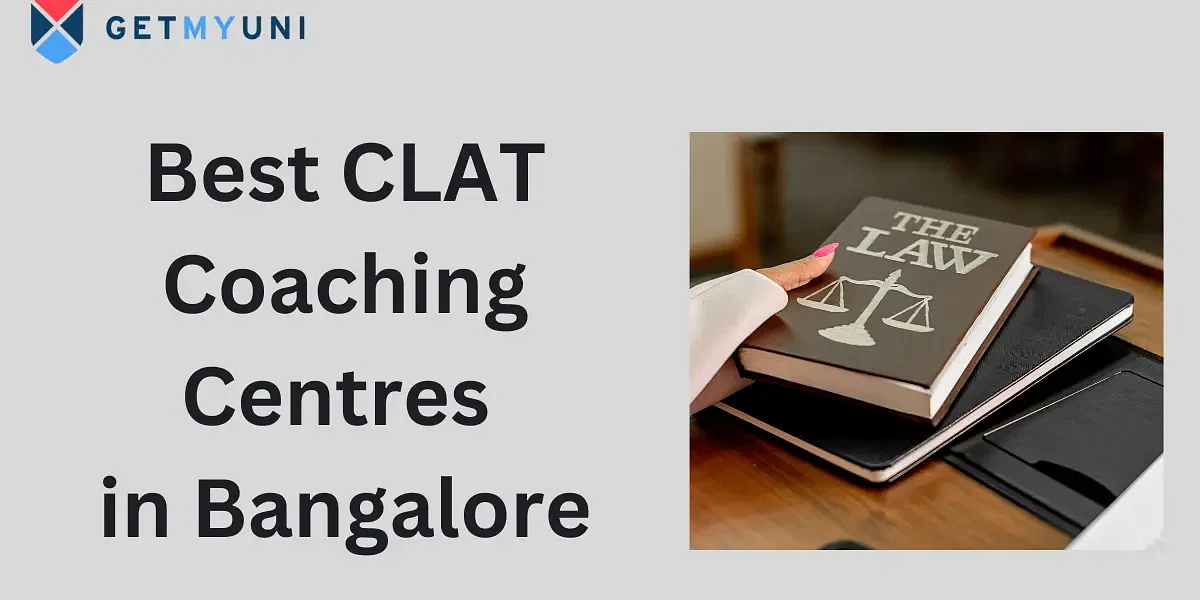
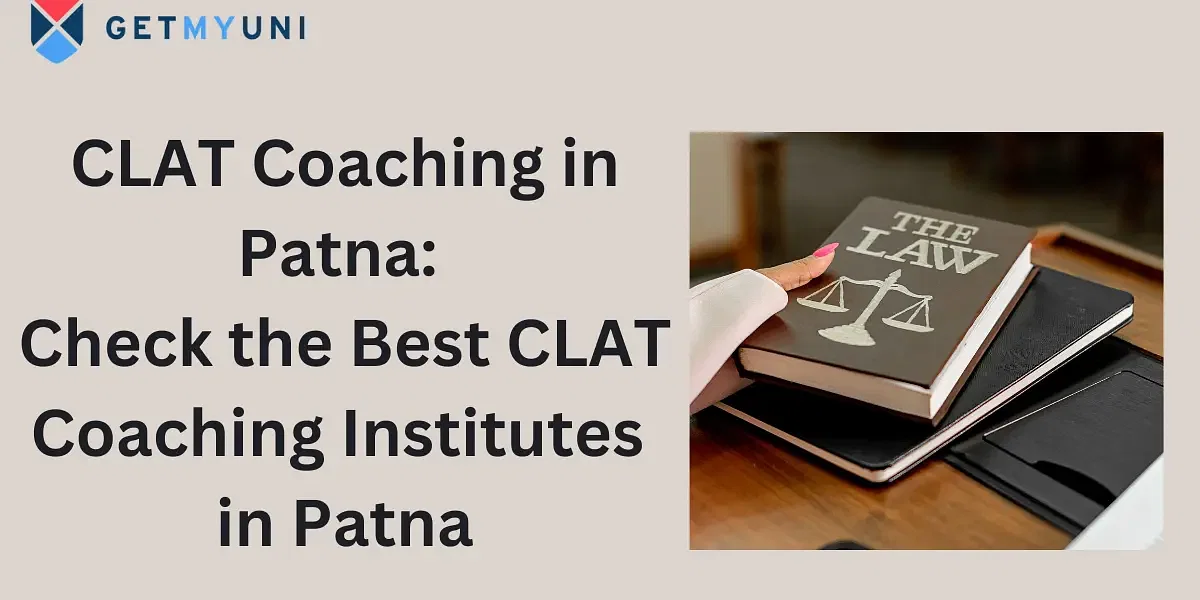

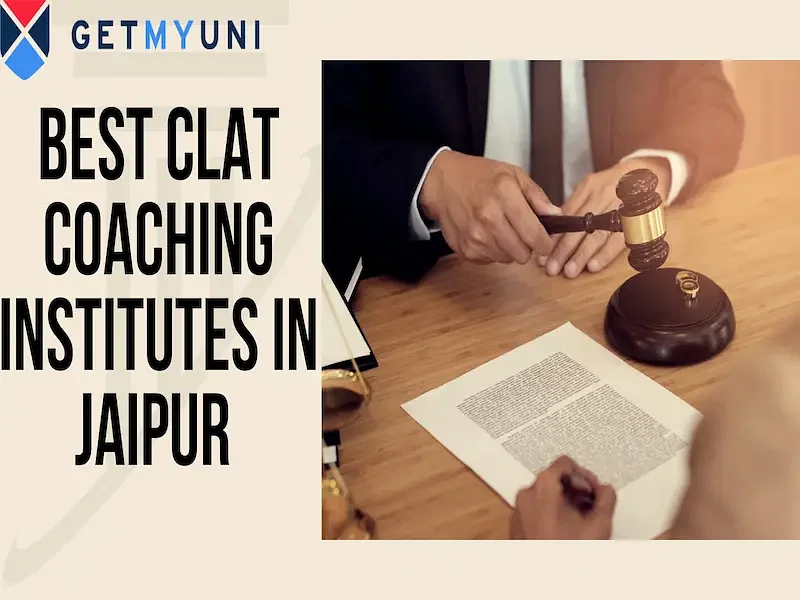


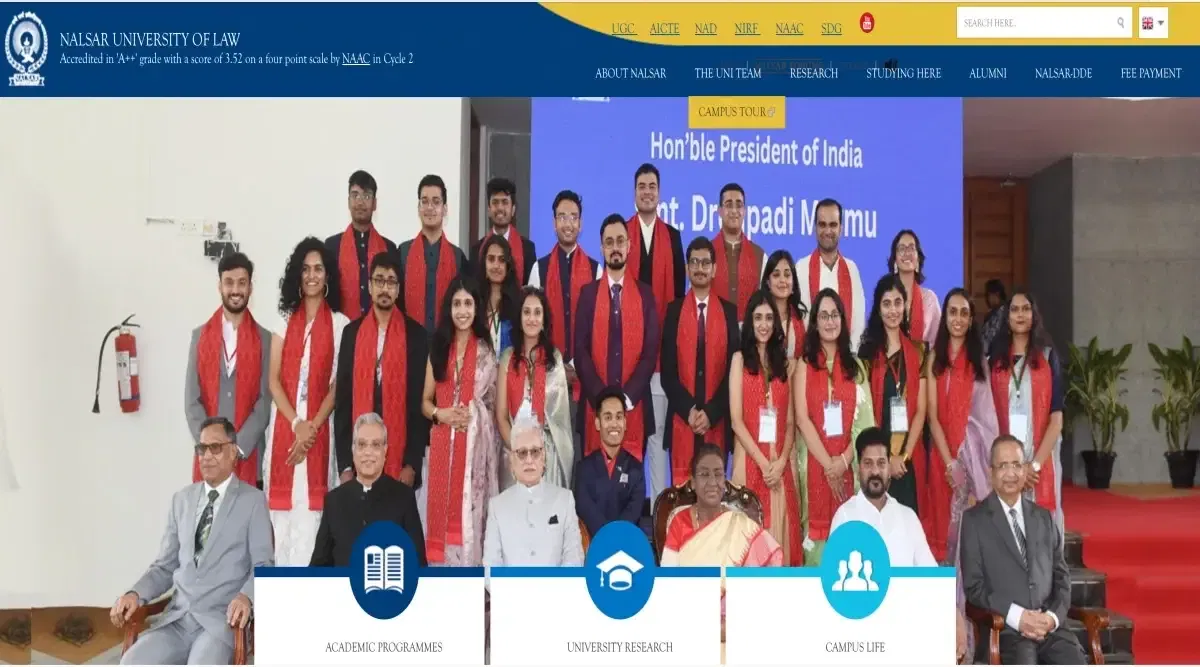
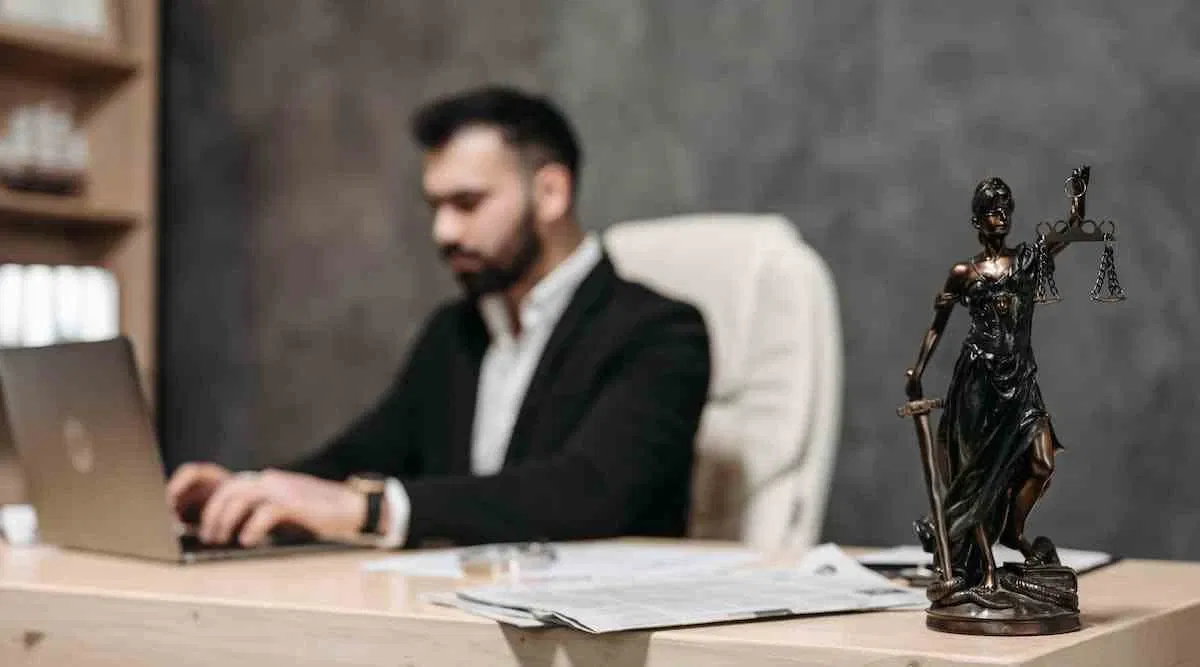
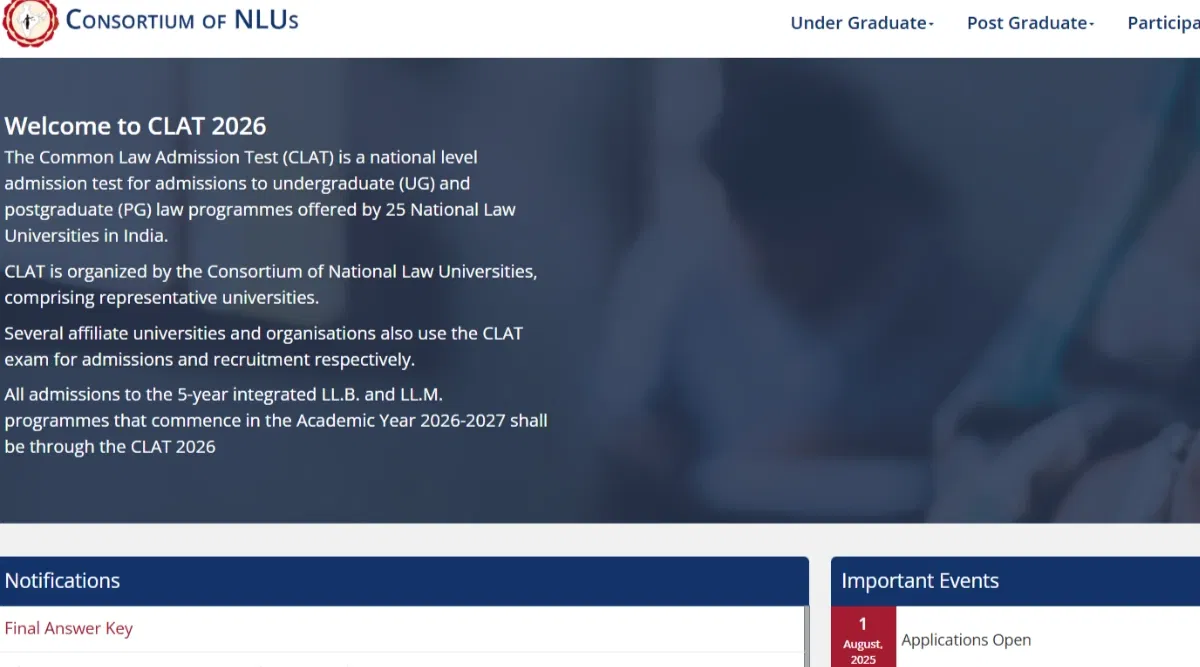
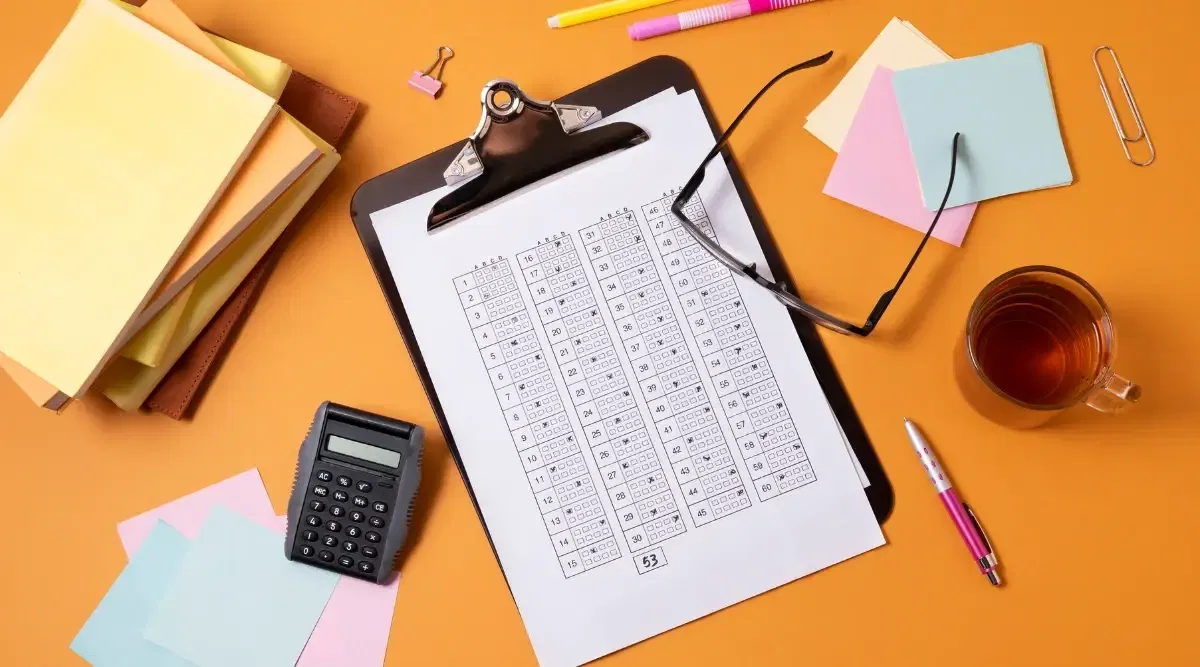
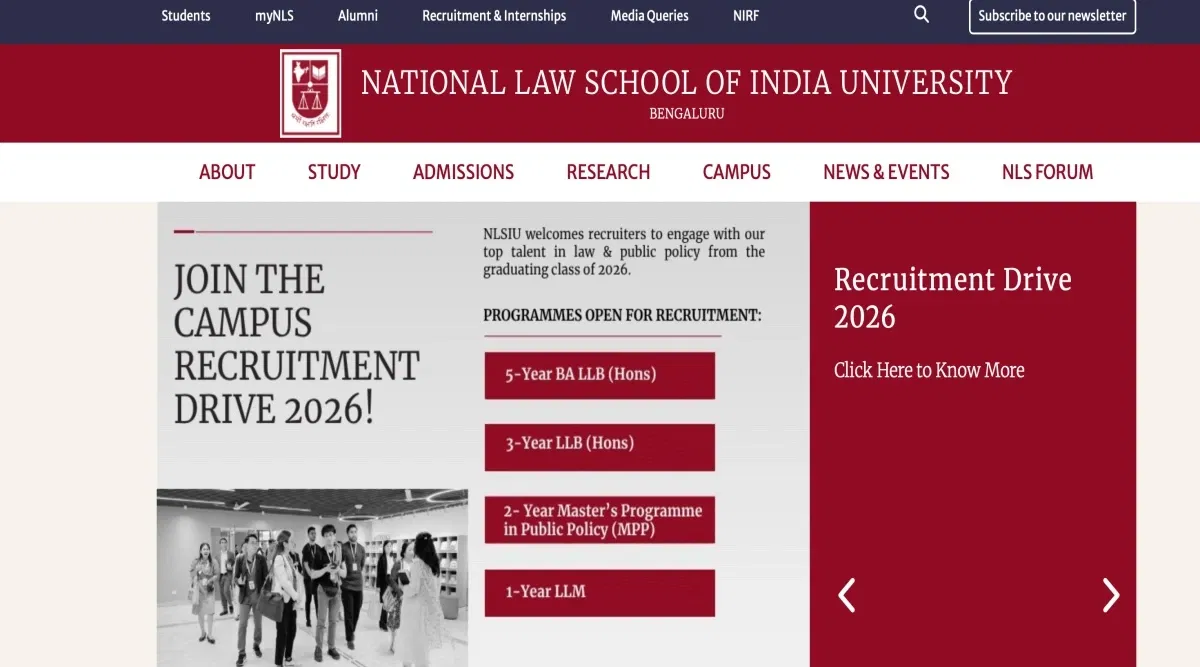
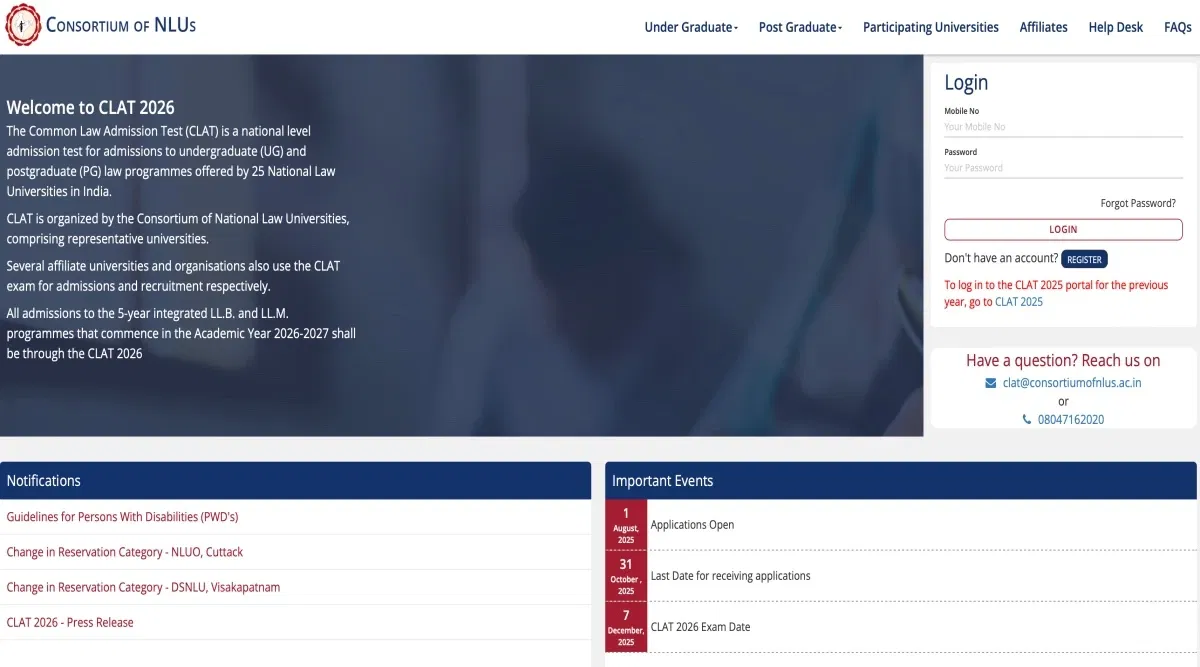
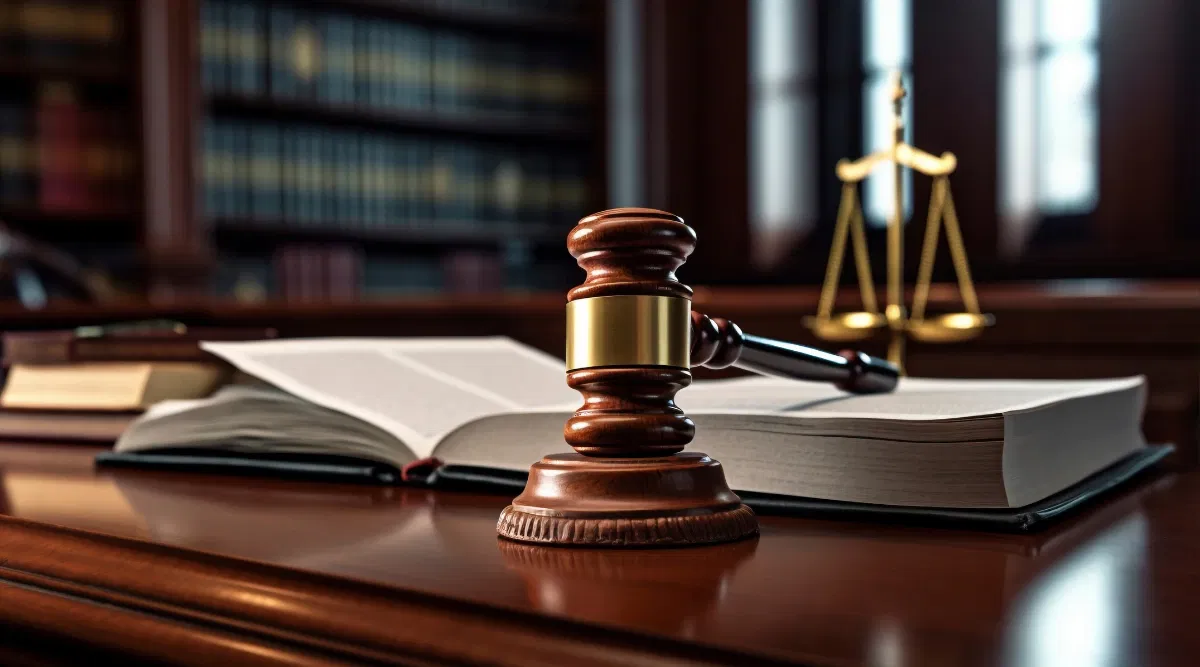


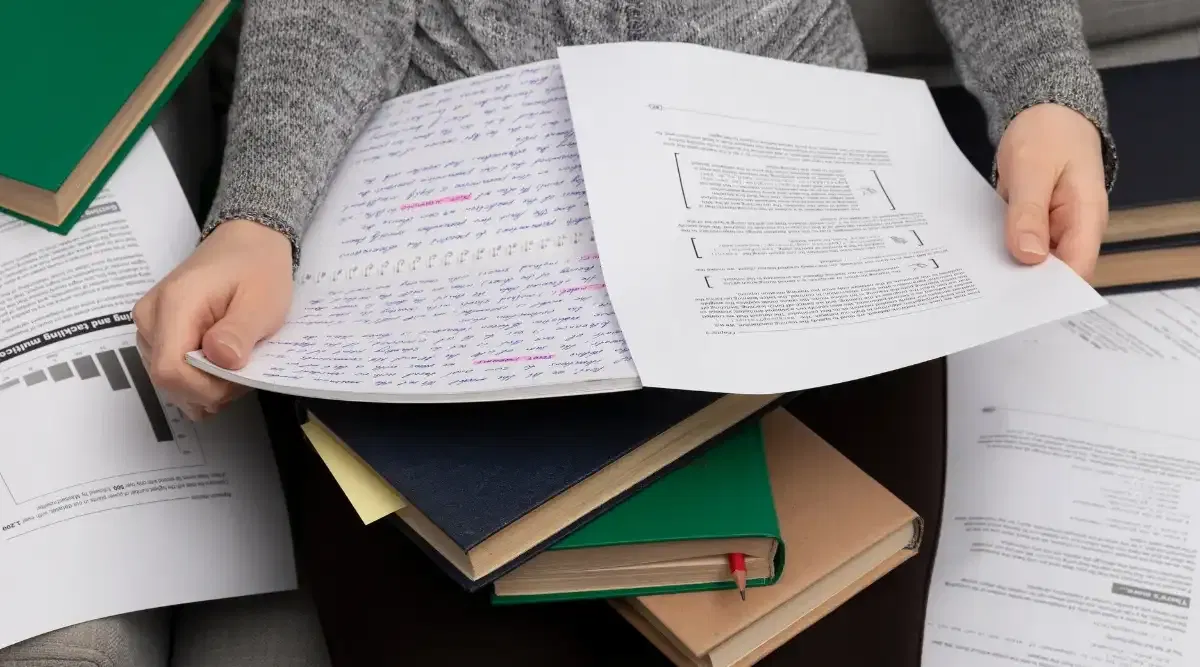

POST YOUR COMMENT